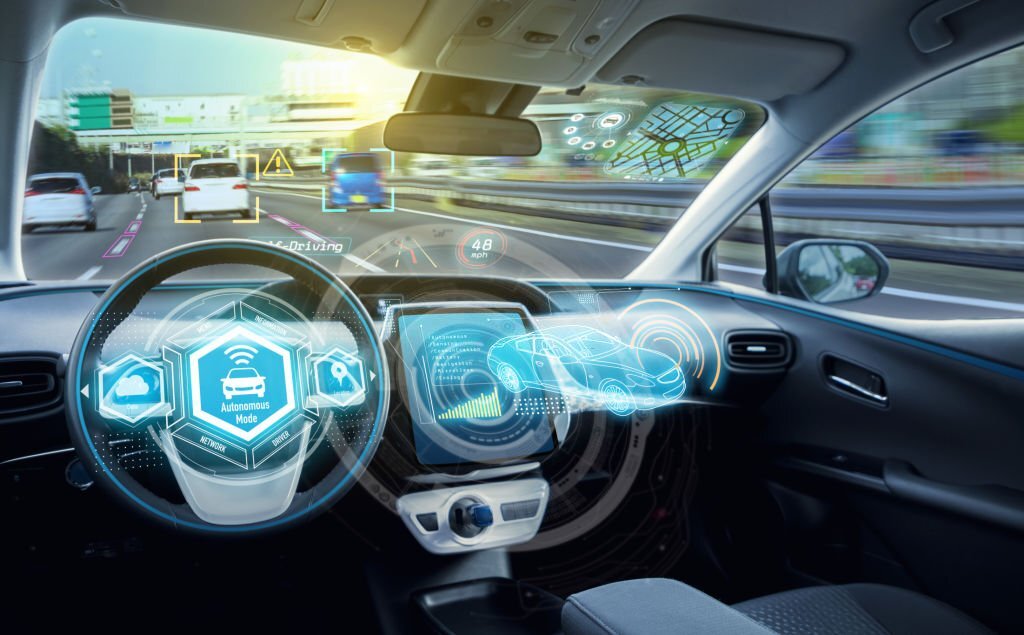Introduction to Self-Driving Cars 2023
Self-driving cars 2023, once a dream of science fiction, are now a reality on our roads. These autonomous vehicles are a testament to the incredible advances in technology in recent years. In this blog post, we will take a deep dive into the fascinating world of self-driving cars, exploring how they work, their features, potential uses, as well as the pros, cons, safety considerations, and challenges they bring. Buckle up as we embark on a journey into the future of transportation.
How Self-Driving Cars Work
At the heart of every self-driving car is a sophisticated network of sensors, software, and hardware working together seamlessly to navigate the vehicle safely. Here’s a simplified breakdown of the key components:
Sensors: Self-driving cars are equipped with an array of sensors, including LIDAR (Light Detection and Ranging), radar, cameras, and ultrasonic sensors. These sensors continuously gather data about the car’s surroundings, creating a detailed 3D map of the environment.
Computer Vision: Advanced computer vision systems process the data from cameras, identifying objects, road signs, lane markings, and even pedestrians. Machine learning algorithms help the car recognize and react to different scenarios.
Control Systems: These systems make real-time decisions, such as accelerating, braking, and steering. They also ensure the car stays within its lane and obeys traffic rules.
Connectivity: Self-driving cars are often connected to the internet, allowing them to access real-time data on traffic, road conditions, and weather. This information helps them make informed decisions.
Self-Driving Features
Self-driving cars come with a range of features that enhance safety and convenience:
Adaptive Cruise Control: Maintains a safe following distance from the vehicle in front, automatically adjusting speed.
Lane Keeping Assist: Helps the car stay within its lane, even on curved roads.
Automatic Emergency Braking: Detects obstacles and applies the brakes to prevent collisions.
Traffic Jam Assist: Takes control in heavy traffic, reducing driver stress.
Parking Assistance: Parks the car automatically, taking the hassle out of parking.
Uses
Self-driving cars have the potential to revolutionize various industries and aspects of our lives:
Ridesharing Services: Companies like Uber and Lyft are exploring self-driving fleets for their services.
Public Transportation: Self-driving buses and shuttles can offer cost-effective and efficient transportation in urban areas.
Delivery Services: Autonomous vehicles can deliver goods, reducing delivery costs and increasing efficiency.
Accessibility: Self-driving cars can provide mobility for people with disabilities and the elderly.
The Pros and Cons of Self-Driving Cars
Pros:
Safety: Self-driving cars have the potential to reduce accidents caused by human error.
Efficiency: They can optimize traffic flow, reducing congestion and fuel consumption.
Accessibility: They offer mobility solutions for those who cannot drive.
Cons:
Cost: The technology is expensive, which could make ownership inaccessible to some.
Job Displacement: Autonomous vehicles may lead to job losses in industries like trucking and taxi services.
Privacy Concerns: Collecting vast amounts of data raises privacy issues.
Safety and Challenges
While self-driving cars offer numerous safety benefits, they also face significant challenges. Ensuring the safety of passengers and pedestrians is a top priority. Challenges include:
Cybersecurity: Protecting autonomous vehicles from hacking and cyberattacks.
Legal and Regulatory Framework: Developing regulations and liability standards.
Acceptance and Trust: Gaining public trust and acceptance of this transformative technology.
Conclusion
Self-driving cars represent a remarkable leap forward in technology and transportation. Their potential to enhance safety, efficiency, and accessibility is undeniable. However, the road ahead is not without its challenges, including regulatory hurdles, privacy concerns, and the need to gain the trust of the public. As technology continues to advance, it’s clear that self-driving cars will play a significant role in the future of transportation, reshaping the way we move from place to place.





